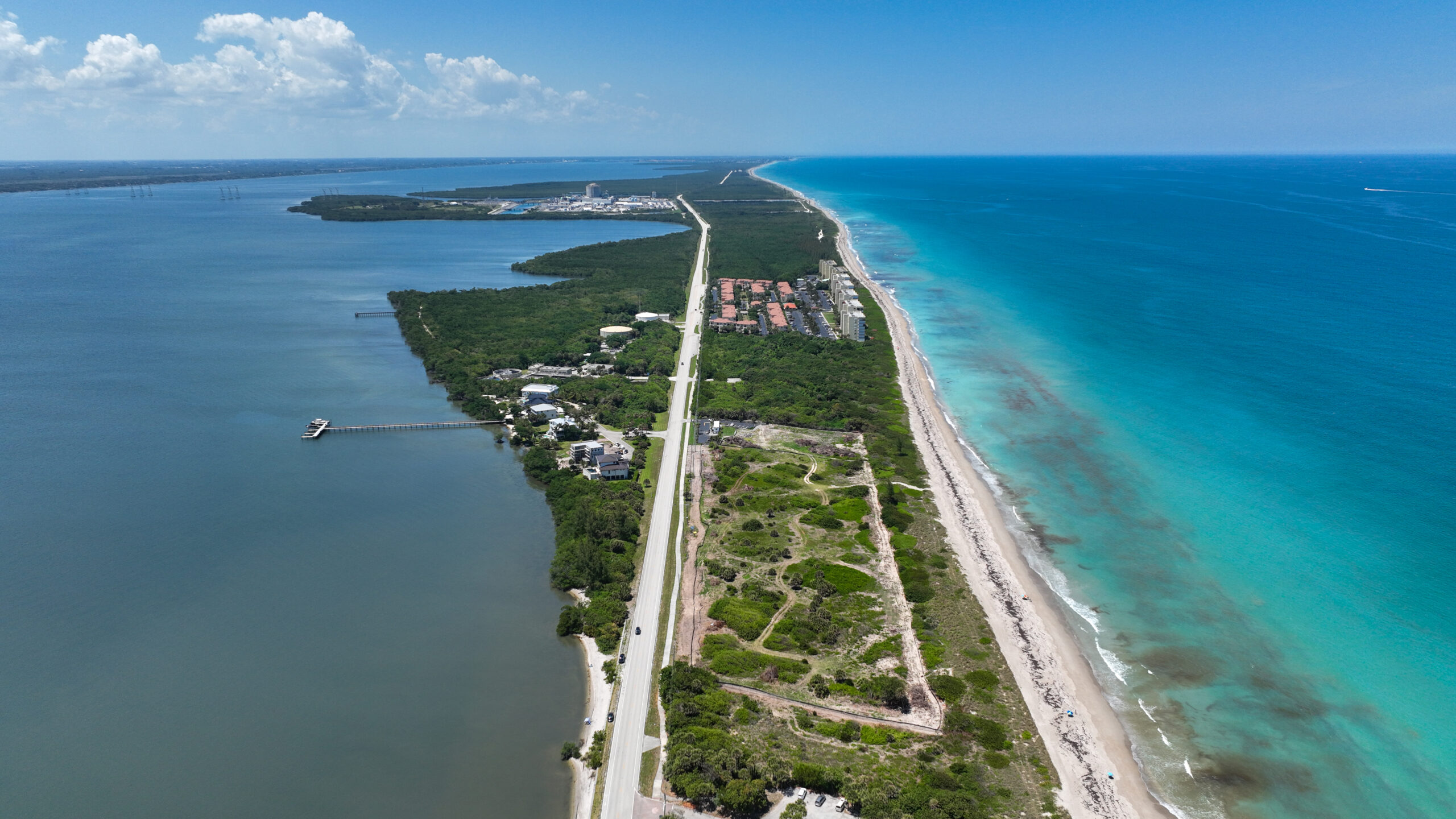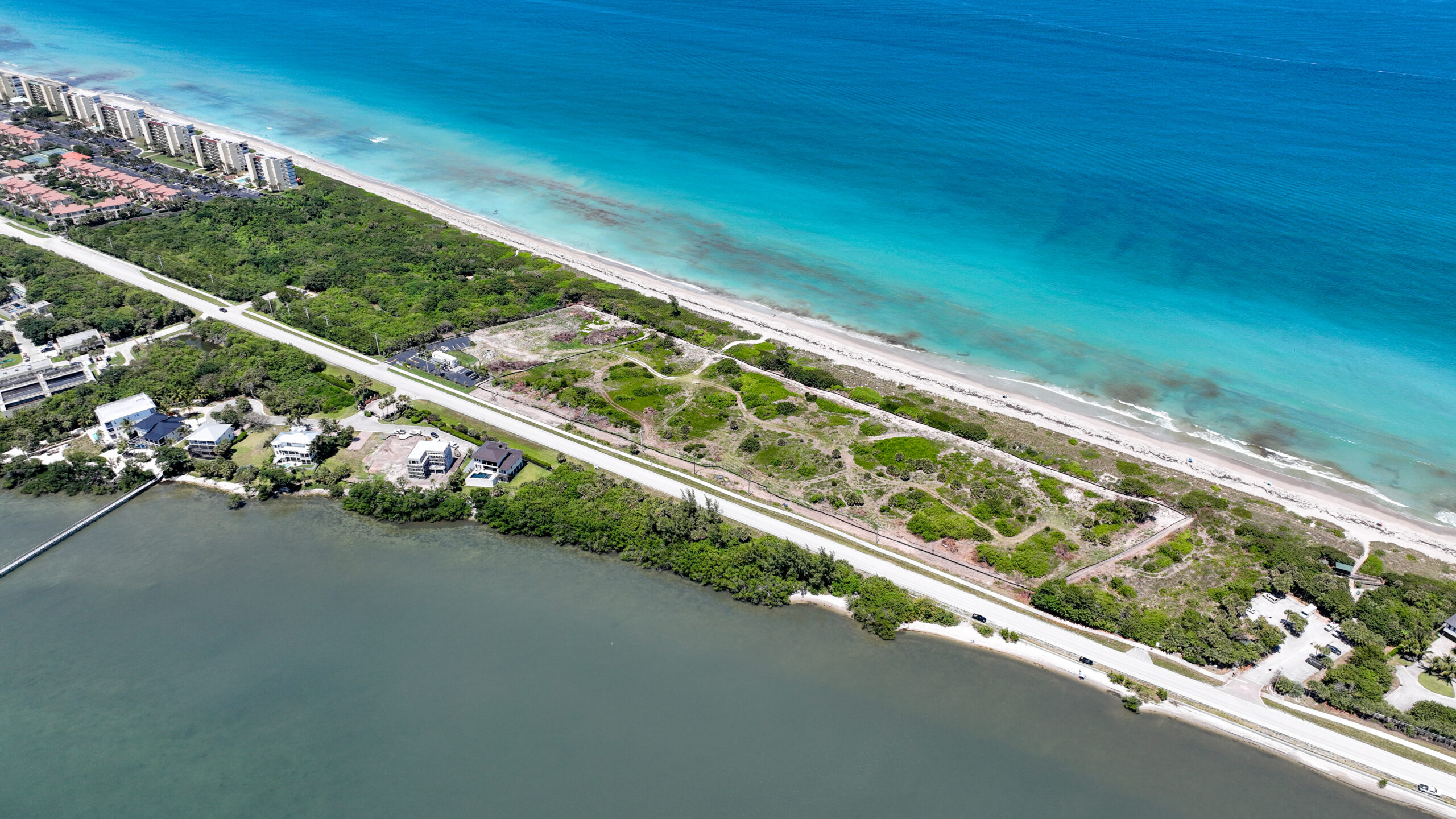Current EB5 Projects
EB-5 Immigrant Investor Visa
EB-5 Immigrant Investor Visa
The EB-5 Immigrant Investor Program, administered by the United States Citizenship and Immigration Services (USCIS), is the fifth employment-based preference category (EB-5) for immigrants seeking permanent residence in the United States.

The Origin of the EB-5 Visa
The EB-5 program was established in 1990 with multiple objectives:Attract foreign investment to stimulate U.S. economic growth.
- Create employment opportunities for U.S. workers
- Create employment opportunities forProvide an immigration path independent of employer or family sponsorshipU.S. workers.
- Promote development in targeted economic areas
- Under the Immigration and Nationality Act (INA), the U.S. allocates 10,000 visas annually for the EB-5 program, with a general guideline of 7% (approximately 700 visas) per country. However, unused visas from other countries may be reallocated to high-demand countries.
Core Requirements
Investment Amount
Two investment thresholds are available:
- Targeted Employment Areas (TEA):
- Minimum investment: $800,000
- Qualifies for areas that are either:
High unemployment (150% of national average)
Rural (outside MSA and population under 20,000)
Infrastructure projects
- Non-TEA Areas:Minimum investment: $1,050,000
- Applies to all other locations


Job Creation Requirement
Create or preserve 10 full-time, permanent jobs Must be fulfilled within 2 years of:
- I-526E petition approval, or Admission as a conditional permanent resident
- Jobs must be for qualified U.S. workers (citizens, permanent residents, or other authorized workers)
- Both direct and indirect jobs count for regional center projects
- Only direct jobs count for direct EB-5 investments
Investment Criteria
- Capital must be “at risk” throughout the investment period, which is called sustainment period, usually 2 years.
- Must demonstrate legitimate source of funds
- Active involvement in business management
- Can be cash, equipment, inventory, other tangible property
- Loan proceeds may qualify if properly secured


Visa Categories and Availability
Due to the growing popularity of the EB-5 visa, the USCIS added some reserved quotas for visas for specific investment areas in the 2022 Reform and Integrity Act (EB-5 Reform and Integrity Act):
Investment area
- Rural Area
- High Unemployment Area
- Infrastructure Project
Percentage of visas
- 20%
- 10%
- 2%
Investors in these categories may be able to obtain visas more quickly than non-TEA investors because they enjoy priority quotas and are not affected by national quota restrictions. Each country is in principle entitled to a maximum of 7% of the quota, but visas in excess of the national quota can be obtained when the quota has not been used up in other countries.
Key advantages of EB-5 visas
1. No employer sponsorship or family sponsorship required
Unlike work visas such as the H-1B, EB-5 visas do not require an offer of employment from a U.S. employer or a family member.
2. No language, education or business background requirements
No proof of English language proficiency is required for an EB-5 visa, and the applicant is not required to have a specific business background or degree.
3. A family-inclusive immigration program
The investor’s spouse and children can apply together and obtain permanent residency (green cards) in the United States, where they will be treated as permanent residents.
4. Unrestricted freedom to work and start a business
Unlike work visas such as the H-1B, EB-5 visas do not require an offer of employment from a U.S. employer or a family member.
5. Access to American education and public benefits
The children of applicants have access to public education (K-12) in American public schools.They may be eligible for in-state tuition rates at public universities, which are lower than the rates for international students.They may be eligible for federal financial aid programs (subject to qualification).
6. Social Security and Medicare eligibility
Permanent residents can qualify for Social Security benefits after accumulating 40 quarters (10 years) of work credits.
EB-5 Project Process and Concurrent Filing
This guide aims to provide up-to-date information about the EB-5 Program’s origin, purpose, requirements, and benefits to immigrant investors and their families.
- Step 1
- Step 2
- Step 3
- Step 4
- Step 5
- Step 6
- Step 7
- Step 8
Assess Investor Eligibility
Before initiating the EB-5 application, investors should evaluate whether they meet the program requirements, including:
- Ability to make the required capital investment and demonstrate lawful source of funds
- Understanding of investment risks and job creation requirements
- Intent to maintain permanent residence in the United States
- Decision between direct investment and regional center investment
Lawful Source of Funds Documentation
USCIS requires evidence that investment capital was obtained through lawful means. Acceptable sources include:
- Employment income and bonuses
- Business earnings
- Proceeds from sale of assets
- Inheritance or gifts
- Investment returns
- Corporate distributions
- Secured loans (with proper collateral documentation)

Select an Investment Project
Direct EB-5 Investment:
- Requires active management and direct creation of 10 qualifying full-time positions
- Suitable for investors with business management experience who will engage in day-to-day management
Regional Center Investment:
- Allows for passive investment through USCIS-designated regional centers
- May count direct, indirect, and induced jobs toward employment creation requirement
- Represents approximately 90% of EB-5 petitions
How to choose the right regional center?
- Choose a regional center with a good track record.
- Evaluate the financial security, business model, and job creation capacity of the project.
- Understand the risks of the project and ensure that the investment meets the USCIS “capital must be at risk” requirement.
- Evaluate the exit strategy to ensure that the principal of the investment has the opportunity to be returned.

Retain Immigration Counsel
The EB-5 process requires experienced immigration counsel to ensure:
- Petition documentation meets USCIS requirements
- Source of funds documentation is comprehensive and compliant
- Investment and regional center agreements receive proper legal review

Deploy Investment Capital
Investors must deploy $800,000 (TEA) or $1,050,000 (non-TEA) into the selected project through:
- Execution of subscription agreement
- Transfer to designated escrow account or project account
- Documentation of capital deployment and source of funds

File Form I-526E Petition
The Form I-526E (Immigrant Petition by Standalone/Regional Center Investor) requires:
- Lawful source of funds documentation
- Comprehensive business plan
- Evidence of capital deployment
- Supporting corporate and tax documentation
I-526E approval time
- The processing time is usually 1-3 years, depending on the applicant’s country, the USCIS review progress and the visa quota situation.

Waiting for I-526E approval & applying for a visa or adjustment of status
After the I-526E is approved, the applicant can choose between consular processing or adjustment of status (I-485):
(A) Consular processing: apply for an immigrant visa
Applicable to applicants outside the United States. The process is as follows:
- Receive the I-526E approval notice.
- Submit the DS-260 application to the National Visa Center (NVC).
- Attend an interview at the U.S. Embassy or Consulate.
- Receive a visa and enter the United States to obtain a conditional green card.
(B) I-485 Adjustment of Status (Concurrent Filing)
Applicable to applicants already in the United States with legal status (such as H-1B, L-1, F-1, etc.):
- Submit an I-485 application (which can be submitted simultaneously with the I-526E).
- Apply for work authorization (EAD) and travel authorization (Advance Parole).
- Wait for I-485 approval (usually 6-24 months).
- Receive conditional green card.

Conditional Permanent Residence Period
Upon approval, investors and eligible family members receive conditional permanent residence for a 24-month period, during which:
- Investment must be sustained
- Required job creation must be completed

Form I-829 Petition to Remove Conditions
File within 90-day period before conditional residence expiration, demonstrating:
- Sustained investment
- Completed job creation requirement
Processing Considerations
- Typical processing time of 12-24 months
- Conditional residence status automatically extended upon filing.

EB-5 application time overview
Application stage
- Select project & prepare funds
- Submit I-526E application & wait for approval
- After I-526E is approved: apply for visa (DS-260) or adjustment of status (I-485)
- After I-526E is approved: apply for visa (DS-260) or adjustment of status (I-485)
- Submit I-829 application & remove green card conditions
- Total application time
Estimated time
- 1-3 months
- 12-36 months
- 1-3 months
- 2 years - 2.5 years
- 12-24 months
- 4-7 years
FAQ'S
Basic questions about the national quota
A: Yes. China is classified as an “oversubscribed chargeability area” and is subject to a quota of 7% (approximately 700 visas/year) in principle. However, the actual number of visas obtained may exceed 7%, which occurs when other countries do not use up their quotas
China will continue to be listed as a restricted country in the visa bulletin from 2005 to 2024.
A: Visa allocation is based on three main factors:
- preference category
- country of chargeability
- priority date
According to the latest application data for 2024:
- High unemployment areas: about 65% of Chinese applicants choose
- Rural areas: about 30% of Chinese applicants choose
- Infrastructure projects: less than 1% of Chinese applicants choose
- Non-reserved categories: about 4% of Chinese applicants choose
An EB-5 combo card is a combination Employment Authorization Document (EAD) and Advance Parole (AP) card for EB-5 investors. The card is issued by U.S. Citizenship and Immigration Services (USCIS).
How does the combo card work?
- The card grants unlimited work authorization and travel authorization for up to five years.
- Investors can file for Adjustment of Status (AOS) concurrently with their petition, rather than waiting for the petition to be approved.
- Certain nonimmigrants who entered the U.S. with visas may be eligible for the combo card.
- The EB-5 program is a visa category that allows foreign investors to obtain a green card by investing in a U.S. business.
- The program was created by Congress in 1990 to encourage foreign investment and job creation.
- The investment must meet specified capital requirements and create a minimum of 10 jobs per investor.
- The qualifying amount for an EB-5 investment depends on the project location.
II. Reserved visa category questions
A: Current policy provides flexibility, but changes are anticipated:
- 2024 status:
- High Unemployment Area set-aside visas exempt from per-country limits
- No current retrogression or waiting list
- 2026 forecast:
- Implementation of per-country limits expected (7%)
- Potential visa number restrictions
- Key Considerations:
Increasing application volume approaching visa stage. Anticipated emergence of priority date backlogs. Therefore, it is recommended to sign the contract and apply for the visa as soon as possible.
It accounts for 61% of the total.
A: Judging from the current data, it is a better choice:
- Not subject to the national quota, and as of the beginning of 2024, there are only 1,694 investors
- Annual quota:
About 2,000 visas in normal years
In 2025, there may be about 4,000 visas
accounting for 37% of the total applications
A: It can be considered, but be aware that the application volume is extremely low (currently 0%)
Main advantages:
- Less competition
- Sufficient quota
Main challenges:
- Limited project selection
- Higher requirements, more professional due diligence is required
III. Non-reserved visa issues
A: According to May 2024 data:
Total number of applicants: more than 50,000
Specific distribution:
- About 39,000 people are waiting for consular processing in the NVC
- About 6,000 people are waiting for I-485 processing
- More than 5,000 pending I-526 applications
Estimated waiting time:
- Basic waiting: more than 7 years
- Chinese applicants may be even longer
A: A special quota will be introduced for the non-reserved category:
- FY 2024: 14,000+ visas
- FY 2025: 10,000+ visas
- Normal year: about 6,800 visas (68% quota)
VI. Adjustment of status issues
A: The main advantages include:
- obtaining work authorization (EAD)
- obtaining travel authorization (AP)
- maintaining legal resident status
Note: Filing Form I-485 does not guarantee that the visa quota will be met
A: You must meet the following requirements:
- be lawfully present in the United States
- be in a category with an available visa quota at the present time
- have complete application materials
V. Application strategy issues
A: It is recommended to consider the following in order:
- Rural areas (least risk of backlog) Infrastructure projects (less competition but limited options)
- High unemployment areas (need to be vigilant about restrictions after 2026)
- Non-reserved categories (as an alternative)
A: The following factors need to be considered:
- Policy window period
- Changes in visa bulletin
- USCIS processing time
- Consulate appointment schedule
- Visa quota availability
A: Pay attention to the following aspects:
- Project selection: compliance review
- Exit mechanism assessment
- Fund security
- Application preparation:
Complete proof of source of funds
Sufficient legal support
Reasonable expectation management
VI. Monitoring and updating issues
A: It is recommended to regularly check:
- Monthly visa bulletin
- USCIS processing time updates
- Industry association reports (e.g. IIUSA)
- Consulate processing data
A: Mainly focus on:
- Visa quota usage
- Changes in the number of new applications
- Changes in the approval speed
- Signals of policy adjustments
A: Suggestions:
- Choose the most suitable application category based on personal circumstances
- Set a reasonable time expectation
- Maintain close communication with professional consultants
- Flexibly adjust the application strategy
- Plan for the long term

